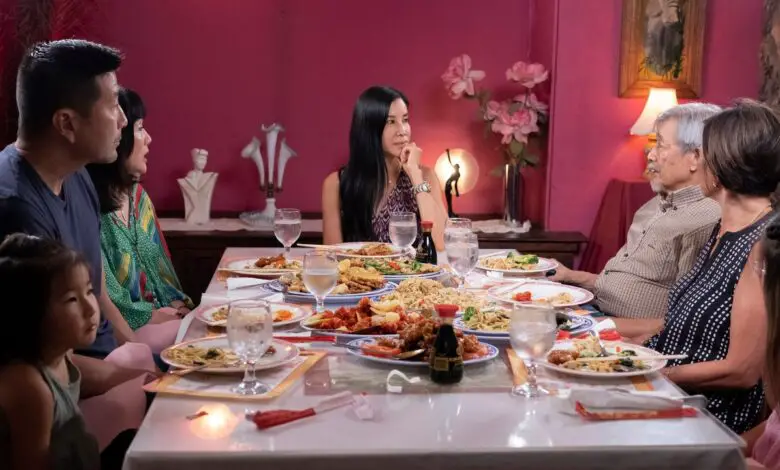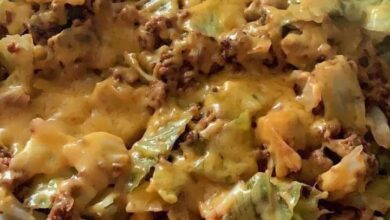
Over six episodes, Take Out explores the history of the Filipinos in Louisiana, the Chinese in Northern California, the Vietnamese in Orange County’s Little Saigon, the Bangladeshis in New York, the Japanese in L.A’s Boyle Heights, and the Koreans in Fairfax County, Virginia—and how all of those immigrant groups used food to find their footing in the United States and understand themselves and the people around them.
In each episode, Ling establishes the background info, often using archival footage, and then interviews multiple members from each diaspora. In episode four, for example, Ling explains the formation of Bangladesh, then meets with actor Alaudin Ullah, who shares how his father, a steamship worker, jumped ship to start a new life in New York as an undocumented immigrant. He eventually started the restaurant Bengal Garden, refusing to compromise on his culture during a time when many Bengali immigrants felt pressure to present their establishments as Indian restaurants. Later, Ling goes to Jersey City’s Korai Kitchen, where co-founder Nur-E Farhana Rahman explains how they pushed Uber Eats to create a new category for Bangladeshi restaurants when they joined the service. We see how the decisions of forebears still influence how younger generations understand their cultural identity today.
Is the selection of cultures featured by Take Out the complete breadth of groups who make up Asian America? Certainly not, but it’s a step in the right direction. And it bodes well for the future that all the major streaming platforms are exploring shows that dive deep into the ways food is linked to race, history, and power, for communities from all over the world.
Unlike the many food shows that center around the premise that food is the great unifier, able to bridge gaps between different groups, Take Out considers food the key to unlocking the connections within a diaspora. In Boyle Heights—the neighborhood that became a refuge for Japanese Americans after their incarceration during World War II, but saw an exodus as Japanese Americans gained upward mobility—Ling visits Otomisan, its oldest-running Japanese restaurant. There, owner Yayoi Watanabe has taken on a role akin to the “community’s Japanese mom,” as Ling puts it, by sharing history and food with younger generations. In this way, Take Out highlights the importance of remembering and learning from the past.
That we, as viewers who might not share the backgrounds of the communities in each episode, learn about their livelihoods is more a pleasant byproduct than Take Out’s sole appeal. Where Take Out shines is by letting communities whose histories have been unheard tell their own stories, in their own way.




